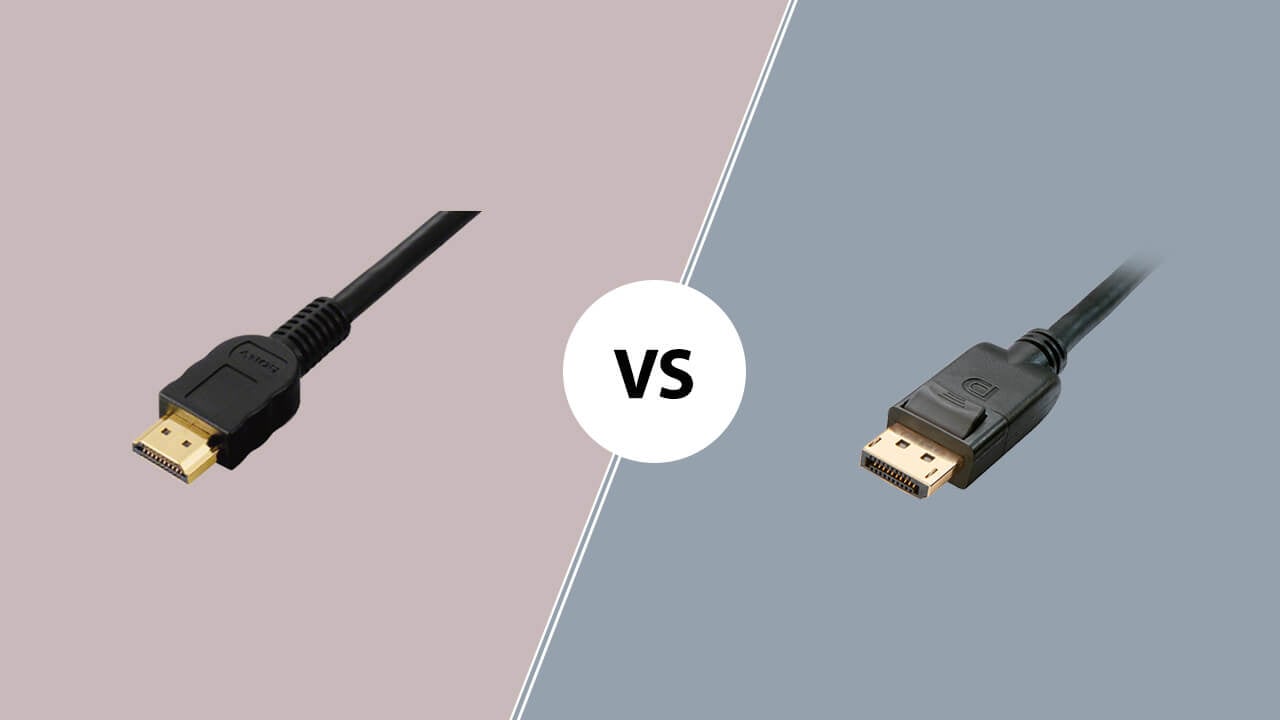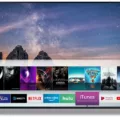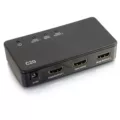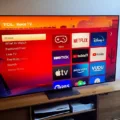HDMI, or High-Definition Multimedia Interface, is a technology that allows for high-quality audio and video to be transmitted between devices. HDMI cables have become a staple in home entertainment systems, connecting devices such as TVs, Blu-ray players, and gaming consoles. With the advent of 4K resolution, the need for faster and more efficient HDMI technology has arisen. This is where HDMI 2.0 comes in, but how does it compare to its predecessor, HDMI 1.4?
Firstly, both HDMI 1.4 and HDMI 2.0 are capable of delivering 4K video. However, HDMI 2.0 can transfer up to 18Gbps, which is significantly more than the 10.2Gbps of HDMI 1.4. This means that HDMI 2.0 can handle higher frame rates, which is important for fast-paced action scenes in movies and games.
Another important difference between HDMI 1.4 and HDMI 2.0 is the support for HDR or High Dynamic Range. HDR allows for a wider range of colors and brightness levels, resulting in a more realistic and immersive viewing experience. While HDMI 1.4 can support some forms of HDR, HDMI 2.0 has specific provisions for it, making it the better choice for those looking for the best possible picture quality.
In addition to higher bandwidth and HDR support, HDMI 2.0 also offers other improvements over HDMI 1.4. These include support for up to 32 audio channels, up to four simultaneous audio streams, and improved 3D capabilities.
Despite these improvements, it’s worth noting that HDMI 1.4 is still a capable and widely-used technology. It’s also important to remember that HDMI 2.0 is backward compatible with HDMI 1.4 devices, meaning that you can still use HDMI 1.4 cables with HDMI 2.0 devices (although you won’t get the full benefits of HDMI 2.0).
While HDMI 1.4 is still a viable option for many users, HDMI 2.0 offers significant improvements in terms of bandwidth, HDR support, and other features. If you’re looking to future-proof your home entertainment system and get the best possible picture and sound quality, it’s worth considering upgrading to HDMI 2.0.

Differences Between HDMI 1.4 and 2.0
HDMI 1.4 and HDMI 2.0 are not the same. There are some significant differences between the two versions of HDMI that make them distinct from each other. HDMI 2.0 is an updated version of HDMI 1.4, which was released in 2009. HDMI 2.0 was released in 2013 and is designed to handle more bandwidth than HDMI 1.4.
One of the main differences between HDMI 1.4 and HDMI 2.0 is the amount of bandwidth they can handle. HDMI 1.4 can transfer up to 10.2Gbps, while HDMI 2.0 can transfer up to 18Gbps. This means that HDMI 2.0 can handle higher resolutions, frame rates, and color depths than HDMI 1.4.
Another difference between HDMI 1.4 and HDMI 2.0 is the support for High Dynamic Range (HDR). HDMI 2.0 supports HDR, which allows for a greater range of colors and higher contrast levels. HDR is becoming more common in newer TVs and content, so having HDMI 2.0 can be beneficial for experiencing this enhanced visual experience.
HDMI 1.4 and HDMI 2.0 are not the same. HDMI 2.0 is an updated version of HDMI 1.4 that can handle more bandwidth and supports HDR, providing a better visual experience compared to HDMI 1.4.
Is HDMI 1.4 Adequate for My Needs?
HDMI 1.4 is a capable standard for most home entertainment needs. It is capable of delivering a bandwidth of up to 10.2 Gbps, which is sufficient for delivering 24 and 30 frames per second. This makes it a good entry-level option for those who want to enjoy 4K content. However, it may not be ideal for those who require higher frame rates or more advanced features such as HDR or 3D.
Furthermore, it is worth noting that HDMI 1.4 does not support an audio return channel (ARC), which means that it cannot transmit audio from your TV back to your audio system. This may be a limitation for some users who rely on this feature.
HDMI 1.4 is a good option for most users who want to enjoy high-quality audio and video content. However, for those who require more advanced features or higher frame rates, HDMI 2.0 may be a better choice.
Can HDMI 2.0 Be Used with HDMI 1.4 Port?
You can plug an HDMI 2.0 device into an HDMI 1.4 port. HDMI 2.0 is backward compatible with HDMI 1.4, which means that the cables and devices designed for the older standard will work with the newer standard. However, if you connect an HDMI 2.0 device to an HDMI 1.4 port, you will not be able to take advantage of all of the features offered by HDMI 2.0, such as higher resolution and faster refresh rates. It’s important to note that the reverse is not true – you cannot plug an HDMI 1.4 device into an HDMI 2.0 port and expect it to work.
Does HDMI 1.4 Support 4K Resolution?
HDMI 1.4b supports 4K video resolution, which allows for displays beyond 1080p with exceptional depth, detail, and color. This feature enables high-resolution displays to deliver movie theater-like experiences to the home. HDMI 1.4b also includes support for 3D content, audio return channel, and Ethernet connectivity. To summarize, HDMI 1.4b specification supports 4K video resolution, making it an ideal choice for high-quality display requirements.
Conclusion
Both HDMI 1.4 and HDMI 2.0 are capable of delivering 4K video, but HDMI 2.0 has a higher bandwidth and can transfer more data than HDMI 1.4. This means that HDMI 2.0 is better suited for high-resolution displays that require more data transfer to deliver an immersive viewing experience. Additionally, HDMI 2.0 offers enhanced features such as support for high dynamic range (HDR) and wider color gamut, which can make a significant difference in the quality of the content displayed. However, it is important to note that HDMI 1.4 is still a capable standard and can deliver excellent picture and sound quality, especially for those on a budget or for those who do not require the advanced features of HDMI 2.0. Ultimately, the choice between HDMI 1.4 and HDMI 2.0 will depend on individual needs and preferences, but it is always worth investing in the latest technology to future-proof your entertainment setup.








